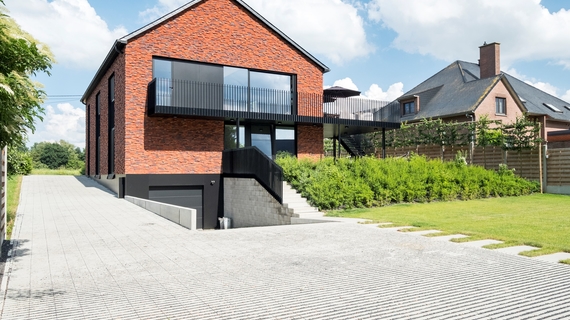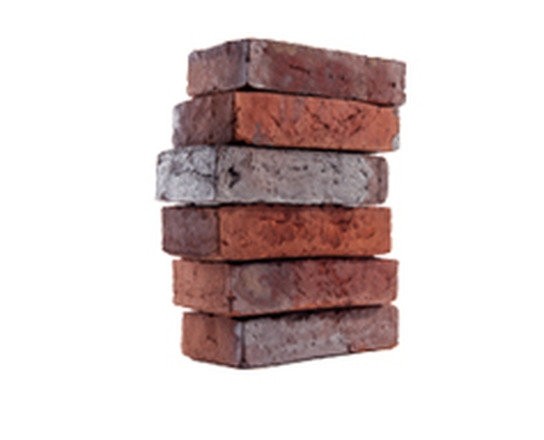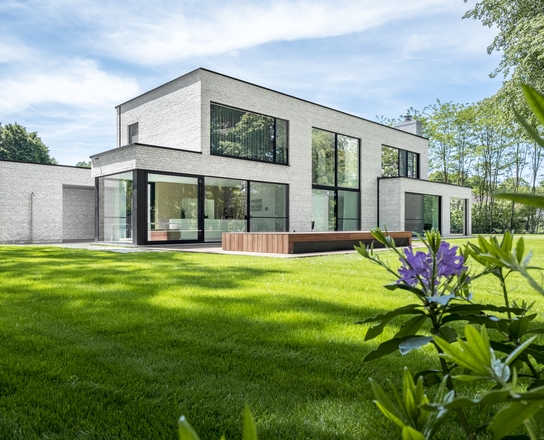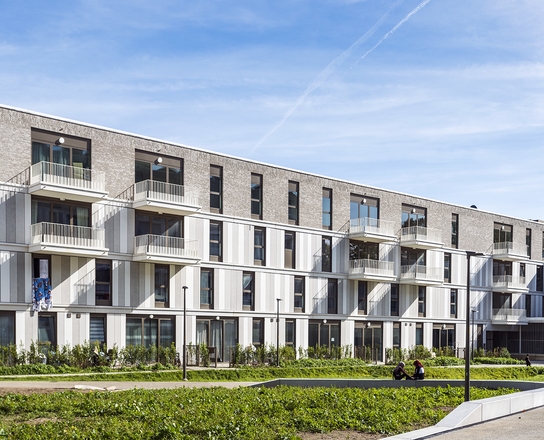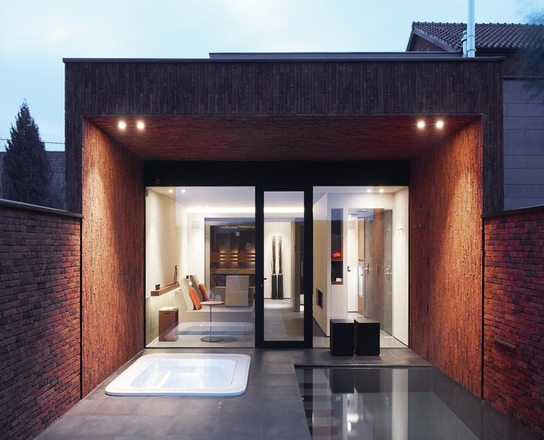What is the difference between engineering bricks and facing bricks?
BricksIn contrast with facing bricks, engineering bricks do not have any requirement for colour or texture. They are traditionally used in civil engineering work.
There are two types of Engineering brick:
- Class A: minimum compressive strength 125N/mm2, maximum water absorption 4.5%, F2 freeze thaw durability, S2 active soluble salts content.
- Class B: minimum compressive strength 75N/mm2, maximum water absorption 7%, F2 freeze thaw durability, S2 active soluble salts content.
Facing bricks are the business card for your architecture. The texture, the colour, the finish... You get to decide the character and feel of every project. That’s why at Vandersanden, we have a vast selection so that you can build in any style you choose. Vandersanden has the right facade brick for every desire. The texture generator allows you to experiment with facade designs.
Everything you need to know about facades
Contact us
Related questions
If you think that you have ordered too few bricks, you can order more.
It’s very important that you tell us that it's a ‘top-up’ order when ordering these bricks so that we can check whether we still have bricks from the same batch in stock. If the batch that we originally delivered is no longer available, we will deliver another batch, in which case it’s important that you incorporate the new batch together with the original batch. Even if the bricks are from the same batch, it is important that you mix the new bricks with the original bricks.
Make sure to check in advance whether or not you have ordered enough.
You can read this knowledge article on colour differences and staining in the facade, which should answer your question.
Yes, all Vandersanden’s facing bricks are tested for freeze thaw durability in accordance with BS EN 771-1:2011+A1:2015 and achieve the highest performance in testing “F2”. As such they are suitable for severe exposure locations.
All Vandersanden’s bricks also achieve the highest performance in testing for active soluble salts content “S2” in accordance with BS EN 771-1:2011+A1:2015. As such they are suitable for prolonged saturation applications.
A brick classed as “F2 S2” is suitable for use below damp proof course (DPC) level going into the ground.
Frost resistance of bricks is covered in detail in our CPD#1 Brick basics seminar. For further information and registration for our CPD seminars, visit our page about professional development.
Facing bricks are made with clay extracted from the ground which is mixed with water and other additives. The clay mixture is then formed into individual units and then fired to high temperatures in a kiln.
There are 3 types of brick production process: stock(handform), waterstruck and wirecut (extruded).
Please take a look at this 3 minute video showing how facing bricks are made.
Movement joints should be no more than 12m apart. The distance from a corner return should be half that dimension in either direction i.e. 6m.
There are many factors to consider in locating movement joints in our brick facades. Please contact us for project specific advice on locating movement joints.

